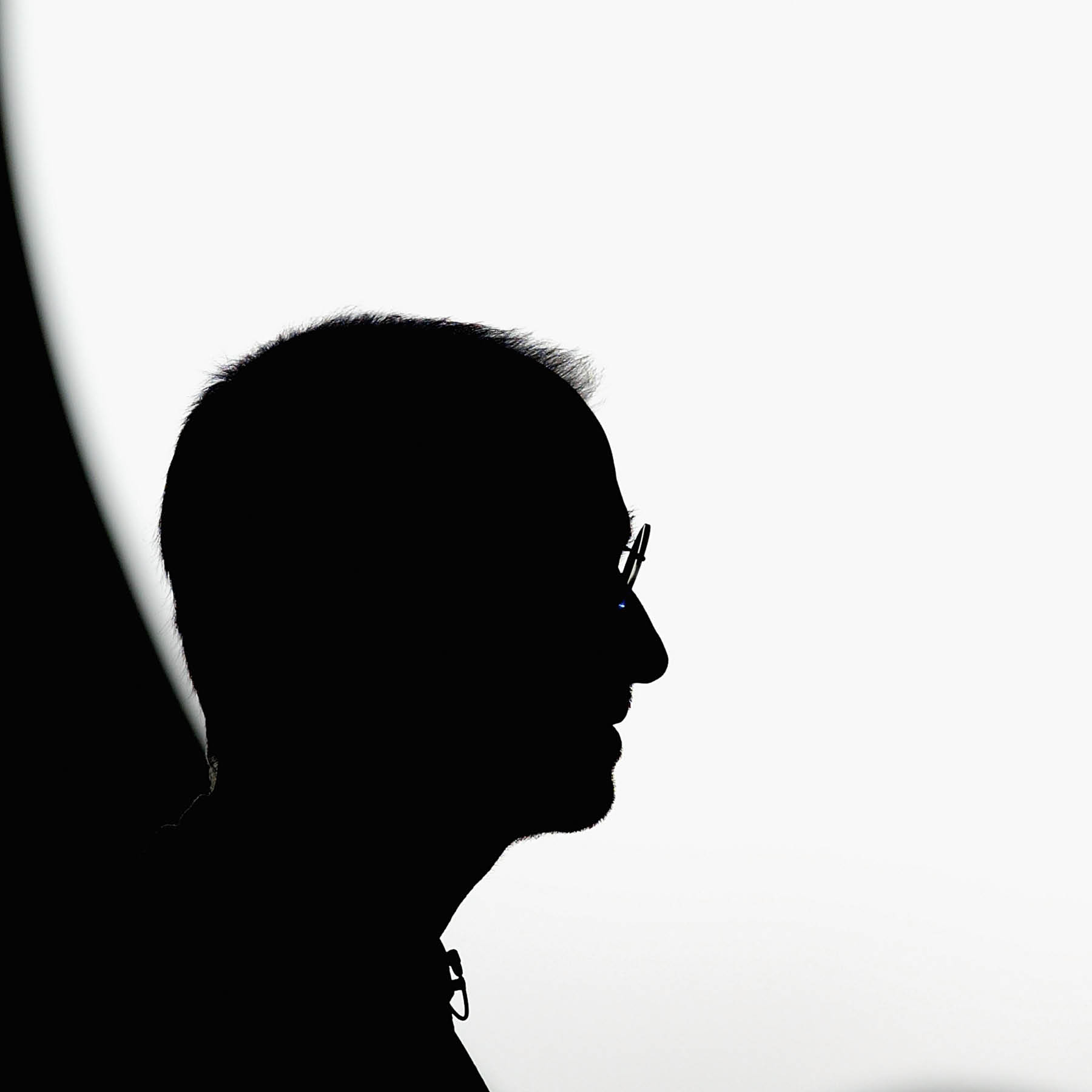Language
You can read the magazine in one of the following languages
Geolocation
You can read the global content or the content from your region

CEO leadership styles are as diverse as the companies they run. Some people want to be involved in everything, while others want to look out at the vista and think about the long-term future of the company. Some are operational wizards with a big sales team, while others do the sales themselves and have a strong operational team in the background.
But no matter your leadership style, every modern CEO is the face of his or her company to important stakeholders. Only you can show investors, customers and employees how the company is functioning in real time, because leaders are seen as windows to a company’s overall health. And without a personal brand that fits your style and represents the company culture, even something as simple as the company Christmas party can go awry.
In the digital age, no CEO can shirk the responsibility of being the face of your company. Fortunately, you won’t be the first one to try. Here’s how some of the world’s top business leaders have cultivated unique personal brands that channel their strengths into their companies’ success.
Long before he was known for tough talk and good advice on Shark Tank, entrepreneur Mark Cuban was tearing it up on the basketball court. But he wasn’t a player – he was the new owner of the Dallas Mavericks, and he was tearing into refs during games.
His behavior cost him millions of dollars in various fines issued by the NBA. But that was okay with Cuban, because he had made his personal brand about having his team’s back. And about a decade later, the Mavs won the NBA Finals.
Personal brand communicates more than just competency in leadership; at its best, it underscores engagement with and passion for the business and product. Cuban intentionally built a reputation for caring about the people on his team – and not just during games or on social media.
He was fined for ‘conduct unbecoming an owner’ because he would sit and talk with equipment staffers and the employees who did players’ laundry. And he used his league notoriety to draw attention to what was important to him (better refereeing) and to raise money for his passion projects (for example, charities around the Dallas area).

Personal brand communicates more than just competency in leadership; at its best, it underscores engagement with and passion for the business and product.
What could happen if your personal brand doesn’t match your company’s brand? This isn’t just about matters of ethics, where Sam Bankman-Fried played the social entrepreneur while engaging in fraud on a global scale. It’s also a matter of personality.
Starbucks CEO Laxman Narasimhan ran into this problem in late April after a disastrous quarterly earnings report. His approach seemed like a sterile recitation of talking points instead of grasping the reins of leadership to provide investors a vision of the path forward, which is why investors, media pundits and even former Starbucks CEO Howard Schultz piled on in the days after the report was released.
Narasimhan’s style was the wrong one for the moment, and he has the unfortunate challenge of leading the company after the charismatic Schultz, whose personal brand is synonymous with the company he led to global heights. Schultz had his own share of critics, from Starbucks’ social causes to allegations of environmental destruction – but it was his strong narratives in response to those critics which kept customers and investors buying.
Contrast Cuban’s seeming media omnipresence – from the basketball court to Twitter to Shark Tank – with fellow Shark Kevin O’Leary. O’Leary has a sizable social media audience and he does talk about education and politics. But while Cuban’s brand takes business and expands it into conversations ranging from American culture to sports, O’Leary narrows everything back to matters of finance, business and disciplined long-term planning.
That’s why O’Leary is most often found on the business TV shows, not ESPN or HGTV. The average basketball fan isn’t going to watch him for advice about a disciplined approach to building a career or for personal finance planning. But the high-performing Wall Street banker who watches CNBC and Fox Business in his scant spare time will. O’Leary knows his audience and on which platforms he should build his brand.

Knowing which platforms fit with your voice is key to effectively reaching your target audiences.
Apple’s Steve Jobs understood this principle, too, even as he took an entirely different approach. Introverted and notoriously difficult to work with, he built a brand around his stage presence at Apple launch events.
His black mock turtlenecks became iconic, as did his obsessive focus on customer experience throughout his time as Apple’s CEO. His personal brand might not have made him many friends, but he did leave us the Apple logo, one of the world’s most recognizable in the world, and the iPhone with its iOS operating system, the most popular cell phone in the world.

Jobs managed this phenomenal success not despite his personality, but because of it – or, more precisely, because of how he used it. My guess is that Jobs would have eschewed Shark Tank or social media in favor of his go-to one-person stage presence, directly engaging with Apple’s most fanatical consumers. His personality was spectacular for the stage he chose – and it probably would have bombed on the newer, popular, more interactive formats.
Knowing which platforms fit with your voice is key to effectively reaching your target audiences. It’s not just what you say, nor just how you say it. Where you say it – in the world’s leading trade media, facing a live audience, or in the exciting Wild West of podcasts and self-publishing – will have the most impact relative to your specific skills, personality and style.
Once you’re ready for your personality to shine in its best light, let’s dive into getting yourself the opportunities that will accelerate the brand you want for you and your company. This phase has a bit more of a universal blueprint, which is why you shouldn’t personally do much in it. Instead, an executive assistant should work with your communications department to find and recommend opportunities, and then execute on the ones you approve.

What need are you meeting? Great brands don’t address everything – just what can add the most value for target audiences. My firm regularly asks authors who are building a personal brand to focus on three areas:
What have you always wanted to say, but didn’t have the platform or space to get out there?
What does your industry need to know? What’s missing? What’s coming? What’s amazing?
What do customers need to know?
Conference organizers, media gatekeepers and potential customers receive hundreds of brand statements a day. What’s your hook?
Are you the forward-looking expert, backward-looking analyst, or gritty ‘in the moment’ realist?
Do you bear a counter-narrative point of view or go more with the industry norms?
Should you use humor? Data? Do you want a megaphone to break through the noise, or will you stand out with a quiet and sober voice?
Do you and the company have a ‘fighter’ mentality or a more academic narrative?
What’s your strategy to gain traction? Putting out a single video, speech or social media post is a waste unless it’s tied to a larger strategy. People need to hear your message many times in diverse ways, so repurpose your content to see what sticks with different segments of your market.
The good news for CEOs is that you already have the fundamental knowledge to avoid the Narasimhan crisis and to achieve Cuban or Jobs-level brand success. You’ve been building company brands for years by knowing what the company offers, why those offerings are unique in the marketplace and which target audiences want to buy what you’re offering.
All you have to do now is treat yourself like the company – what are you offering, why is what you say unique and who cares about what you have to say? Then get out there and prosper.

Dustin Siggins
Contributor Collective Member
Dustin Siggins founded Proven Media Solutions to help clients make an impact by getting in the press. Drawing on 20 years as a writer, journalist and PR consultant, he has developed an approach that secures media coverage in diverse industries like financial technology, health care, education and politics. At Proven Media Solutions, Dustin has built a skilled team that turns narratives into successful media campaigns and helps clients reach target audiences by developing long-term strategies, crafting compelling content and securing coverage in trusted media outlets. Discover more at https://provenmediasolutions.net/